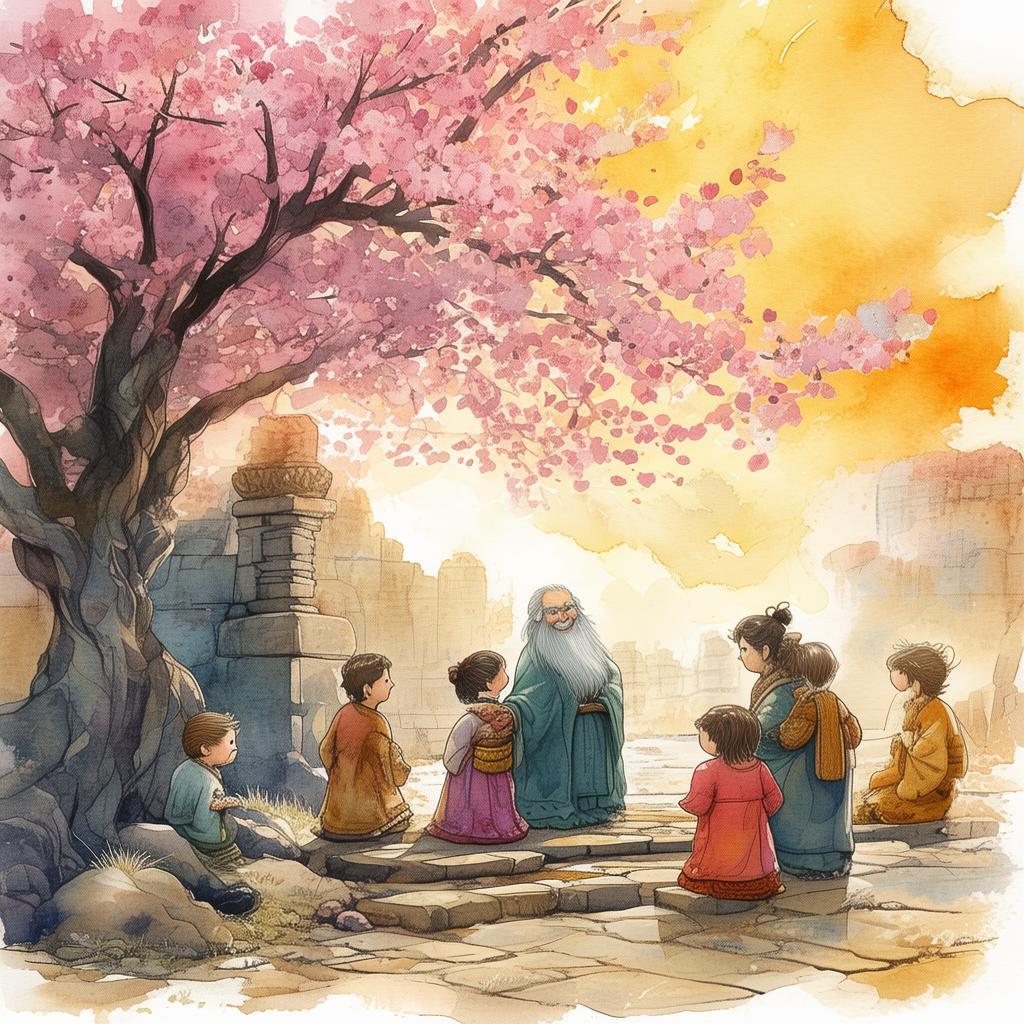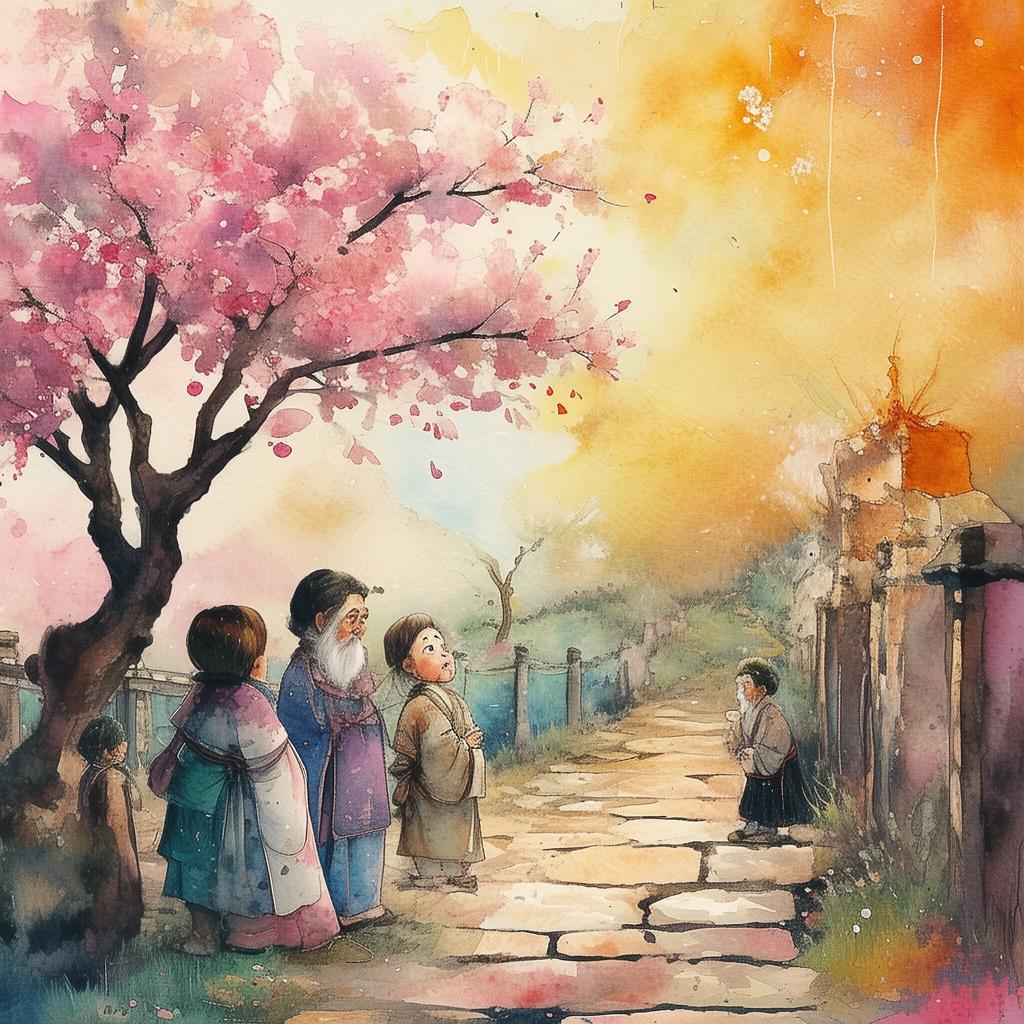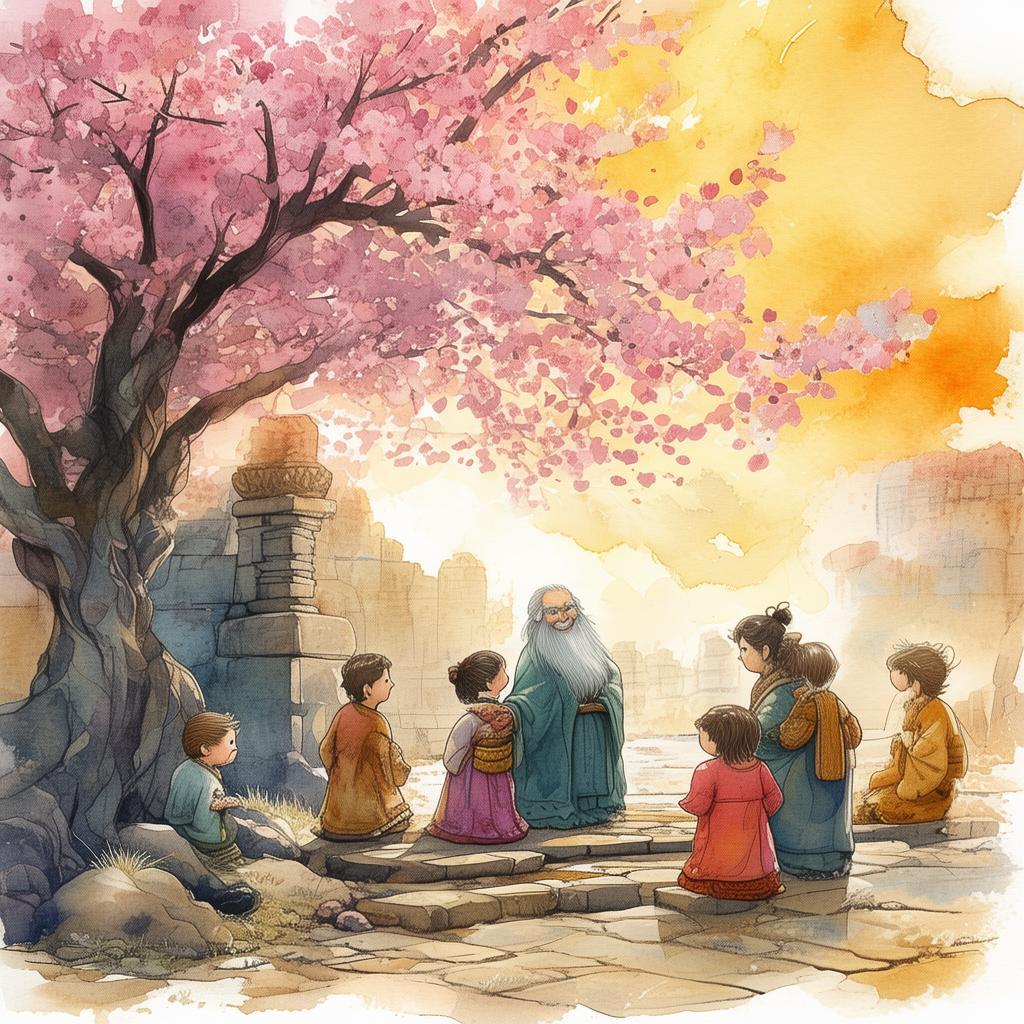Canvas of Redemption: The Rise of a Lost Masterpiece
In the bustling heart of Paris, an old, forgotten attic held secrets long buried beneath layers of dust and neglect. Among the forgotten relics, a single canvas stood out—a canvas that had been shrouded in condemnation for decades. Known only as "The Canvas of Condemnation," it was said to be the work of a once-prominent artist, whose career had plummeted into obscurity and despair. The canvas itself was a haunting reminder of artistic failure and the destructive power of public opinion.
The story begins with a chance discovery by a young, aspiring art restorer named Elise. She had spent years perfecting her craft, but her path had been fraught with obstacles. With little hope of ever being recognized, Elise found solace in the quiet sanctuary of her studio, where she worked tirelessly to restore the beauty in old, forgotten pieces. It was on a rainy afternoon that she stumbled upon the attic, its secrets waiting to be unveiled.

As Elise carefully cleaned the canvas, the colors began to emerge, revealing a masterpiece that spoke of passion, loss, and a relentless pursuit of beauty. The painting depicted a woman in a state of despair, her eyes reflecting the depths of her sorrow. The woman's form was hauntingly familiar, and as Elise delved deeper into the story behind the canvas, she discovered that the woman was none other than the artist who had created it—Marie Lefèvre, a once-celebrated painter whose career had been ruined by a scandal.
Marie's tale was one of artistic brilliance and tragic betrayal. Her paintings had been lauded for their emotional depth and technical mastery, but a single portrait, depicting a nobleman in an compromising position, had been exposed as a forgery. The scandal had been a public relations disaster, and Marie's name had become synonymous with deceit and art fraud. Shunned by her peers and the public, she had retreated to the countryside, leaving her art behind and her reputation in tatters.
Elise's discovery of Marie's masterpiece reignited her passion for art and her belief in the transformative power of creativity. She became determined to uncover the truth behind the painting and Marie's fall from grace. Her investigation led her to a series of clues that suggested the forgery had been a setup—a conspiracy to frame Marie for a crime she had not committed.
As Elise pieced together the puzzle, she uncovered a web of intrigue and betrayal that spanned decades. She discovered that the nobleman in the painting had been a notorious art collector, who had used his influence to frame Marie and destroy her career. With the help of a few unlikely allies, Elise worked to clear Marie's name and restore her reputation.
The climax of the story comes when Elise presents the evidence to the art world, revealing the truth about the forgery and Marie's innocence. The public reacts with shock and awe, and Marie's art is once again celebrated for its emotional depth and technical prowess. The "Canvas of Condemnation" becomes a symbol of redemption, a testament to the resilience of the human spirit and the power of art to heal wounds.
In the end, Elise's journey to uncover the truth and restore Marie's legacy becomes a personal quest for her own redemption. She finds solace in the knowledge that her work as an art restorer has the power to bring beauty and hope to those who have been forgotten. The "Canvas of Condemnation" becomes a beacon of hope, a reminder that even in the darkest of times, the light of artistic expression can shine through.
The story concludes with Elise standing before the restored canvas, her eyes reflecting the same passion and sorrow that once filled Marie's. She whispers to the painting, "Marie, your story has been told, and your art will live on forever."
✨ Original Statement ✨
All articles published on this website (including but not limited to text, images, videos, and other content) are original or authorized for reposting and are protected by relevant laws. Without the explicit written permission of this website, no individual or organization may copy, modify, repost, or use the content for commercial purposes.
If you need to quote or cooperate, please contact this site for authorization. We reserve the right to pursue legal responsibility for any unauthorized use.
Hereby declared.









